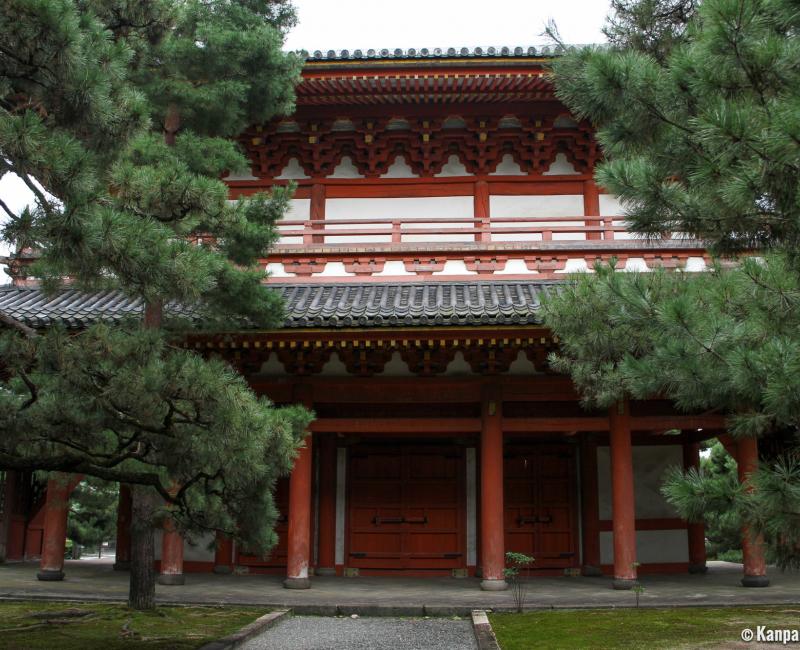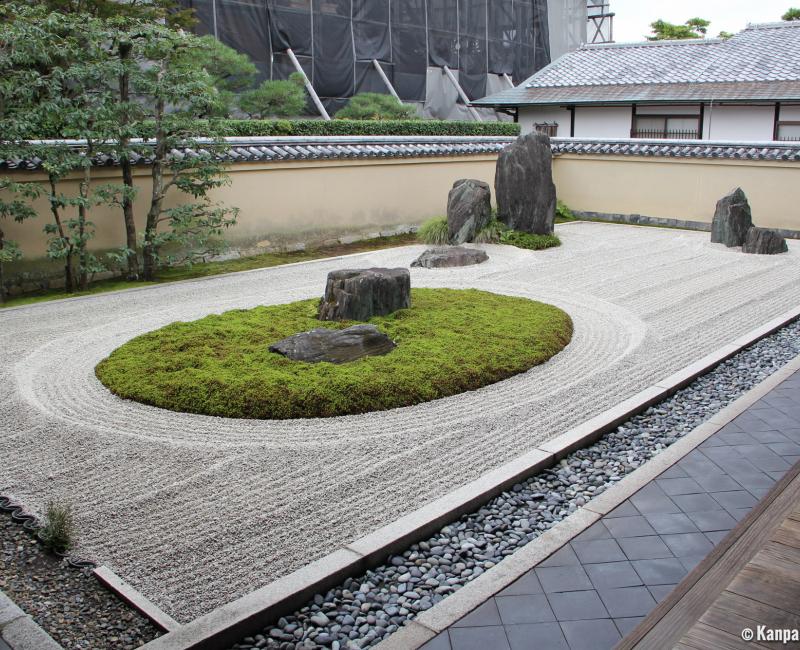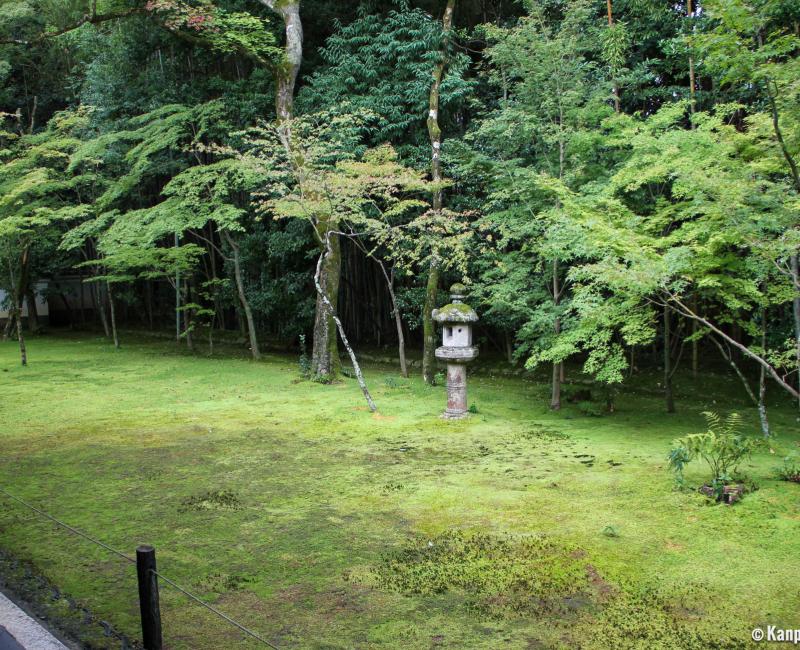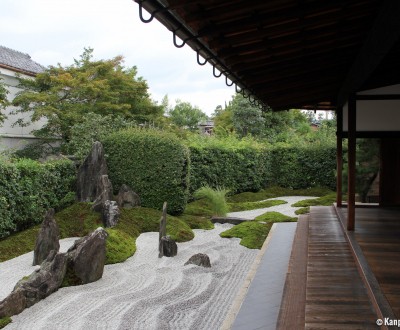Daitoku-ji
A Zen Temple Village in Kyoto
Daitoku-ji is a temple complex of Zen Buddhism Rinzai school located in the northwest of Kyoto, Japan. It is made of about twenty temples, four of which are open to the public. Visitors can enjoy the different kinds of Zen gardens and the peaceful atmosphere of the place, which is not overcrowded by tourists.
Founded in 1319 by Daito Kokushi, the Daitoku-ji monastery was partially destroyed during the Onin War in the 15th century. The site was reconstructed thanks to numerous donations from rich merchants and daimyo feudal lords, who had their own subtemples established there, transforming the place into a village of Zen temples.
The main buildings of Daitoku-ji are not open to public. However, the barriers do not prevent visitors from seeing the huge vermilion red Sanmon gate, and it is even possible to have a glimpse inside the Butsuden, the shelter to a Buddha statue. Visitors are guided by the alleyways giving access to the four buildings, which are open year long.

Ryogen-in and Zuiho-in
Ryogen-in and the Zuiho-in temples are the closest to the entrance. They are rather small but hide treasures. Ryogen-in has no less than four moss gardens and dry gardens, each displaying a unique gardening style, like Shumisen or Horaisan. Built in 1502 by Yoshimoto Hatakeyama, the lord of Noto province, Ryogen-in used to be the residence of the priests and is considered the oldest Zen pavilion of the Hojo architectural style in Japan.
Zuiho-in also has an interesting mineral garden, with waves of gravel and rocks arranged to form a cross shape, in reference to the conversion to Christianity of its owner, a military commander from Kyushu, in the 16th century.

Daisen-in
The third subtemple, Daisen-in, is advertised as the most important since it is listed as National Treasure of Japan. Its karesansui stone garden, dating back from the end of the Muromachi period (1336–1573), is famous but taking pictures of it and of the rest of the temple is strictly forbidden. To keep a memory of the place, it will be necessary to buy an official postcard, on top of the entrance fee. For another additional fee, an information booklet in foreign languages is also available (¥500 / ~US$3.18), and it is possible to taste a matcha tea (¥300 / ~US$1.91).

Koto-in
Finally, the last space, Koto-in, is characterized by a miniature forest made of moss, Japanese maple 🍁 trees, bamboos and pine trees that is particularly charming in fall. The temple precincts also shelter the tomb of its founder, Tadaoki (Sansai) Hosokawa, who was also a disciple of the tea master Sen no Rikyu. The latter is also part of Daitokuji’s history, as it is said that he developed the Wabi-style tea ceremony there, which was favored by Japan’s great historical figures Nobunaga Oda and Hideyoshi Toyotomi.
Zen amateurs will enjoy the visit to Daitoku-ji, as they will find a lot of detailed explanations in English. However, Ryogen-in and Zuiho-in being the most interesting parts, it is advisable to pay only the entrance fees for these two subtemples.

